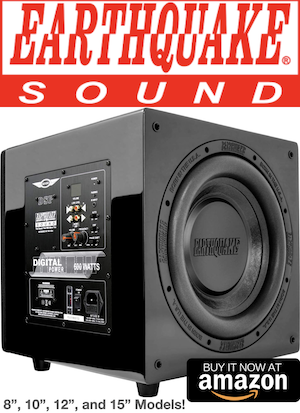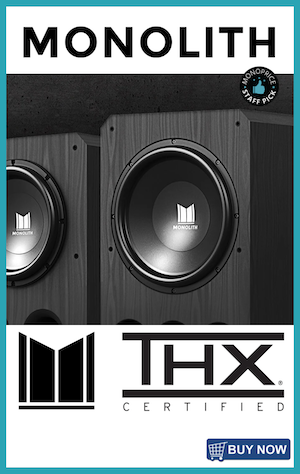AJ Soundfield
Active Member
More
- Preamp, Processor or Receiver
- Yamaha RXA800, Denon AVR-X4500, Lexicon MC10
- Main Amp
- Hypex Ncores
- Additional Amp
- Abacus Ampino, Triode Corp TRV-35SE
- DAC
- NAD M51
- Computer Audio
- AudioEngine D2
- Universal / Blu-ray / CD Player
- Yamaha BDA1010
- Front Speakers
- Soundfields
- Center Channel Speaker
- Soundfields, KEF Q150
- Surround Speakers
- Soundfields
- Surround Back Speakers
- Revel M16
- Subwoofers
- Soundfield Cardioid Rythmik Servo
- Other Speakers
- AVA ABX
They don't for classical etcWould any recording/mixing engineer in their right mind mix out the Stereo LF?
https://www.aes.org/e-lib/browse.cfm?elib=13358
https://www.diyaudio.com/forums/the-lounge/247583-human-ear-localize-bass-18.html
...and now back to Simon Sez...












